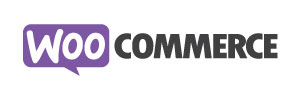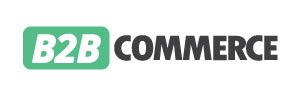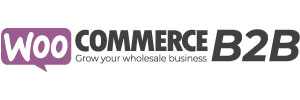A current eMarketer report forecasts worldwide retail Shopify sales to reach $4 trillion by 2020, making up 14.6% of total retail costs that year. That’s an incredible number. As customers continue to shop online more regularly, retailers are seeking to cash in on Shopify sales.
However, as your Shopify sales grow, it ends up being more difficult to handle the volume. Growing merchants probably utilize other systems in addition to Shopify to handle their procedures.
Are your current systems integrated? If they’re not, check out why your service might be ready for integration and how to do it.
What is Shopify Integration?
Shopify integration is when a merchant connects their Shopify site to their other online sales channels and back-end systems like an ERP or POS system. Integrating your systems allows for the bidirectional circulation of information, or data between these systems.
Integration gets rid of the requirement to go into the same information into each system separately. Rather, information streams automatically into one system, enabling data to be gotten in just as soon as into the designated system.
For example, a merchant may track just how much inventory they have of each product in their ERP system. When they sell a product online, they need to change the stock count. Without Shopify integration, they should alter the stock counts in both systems to reflect the appropriate numbers. With integration, stock counts would automatically alter across both systems after the sale.
Shopify integration can improve a lot of your company processes, but it can be tough to inform when you require it.
What Are The Signs That You Need Shopify Integration?
If any of these issues sound all too familiar, you’re most likely ready to integrate your Shopify platform.
Are you having trouble keeping up with current sales volumes? Without integration, increased sales can be daunting for a merchant. Dealing with more orders can mean more hours hunched over a keyboard hand-keying data across your systems.
One key indicator that you’re ready for Shopify integration is that you have whole teams spending most of their time manually moving data between systems. We’ve come across a company who referred to employees as “data ninjas” who worked solely on entering product information from their ERP into their Shopify site.
Your team shouldn’t spend hours hand-keying the same data from one system to another, whether it be Shopify orders, inventory counts, or product information updates.
If you rely on manually moving data, your business is probably more prone to human mistakes too. When the same data is re-entered again and again, it’s liable to mistakes. One slip can lead to wrong inventory counts, shipping addresses spelled incorrectly, and inconsistent product information.
How often does a small mistake like this cause a big problem for your company? If it happens often, it’s time to consider integration.
Also, consider that these problems do not just affect your team internally. Slow, error-prone manual process can also cause your customer experience to suffer. When inventory isn’t updated fast enough, you can oversell. Wrong shipping addresses leads to late deliveries and frustrated customers.
Your customer experience is at stake here. Luckily, Shopify integration fixes these problems.












